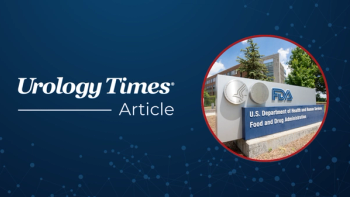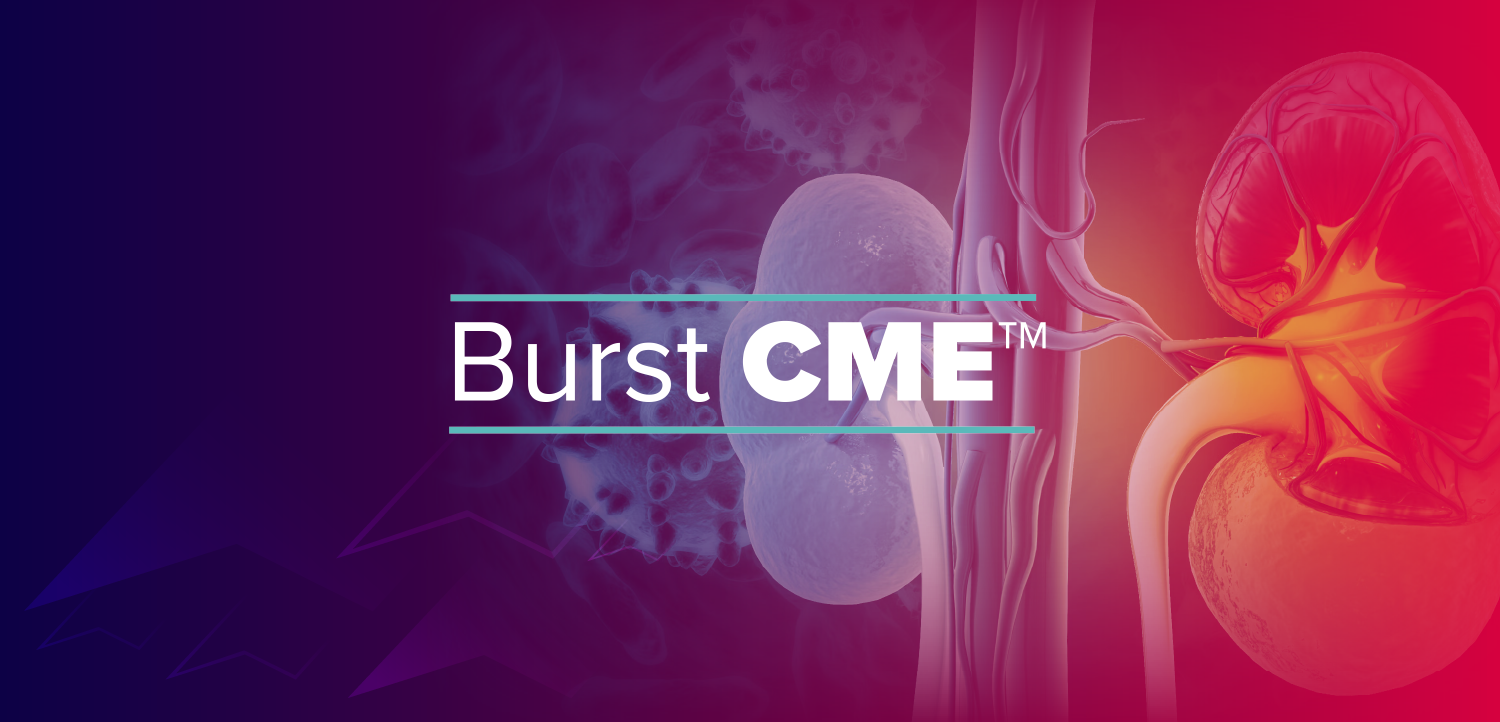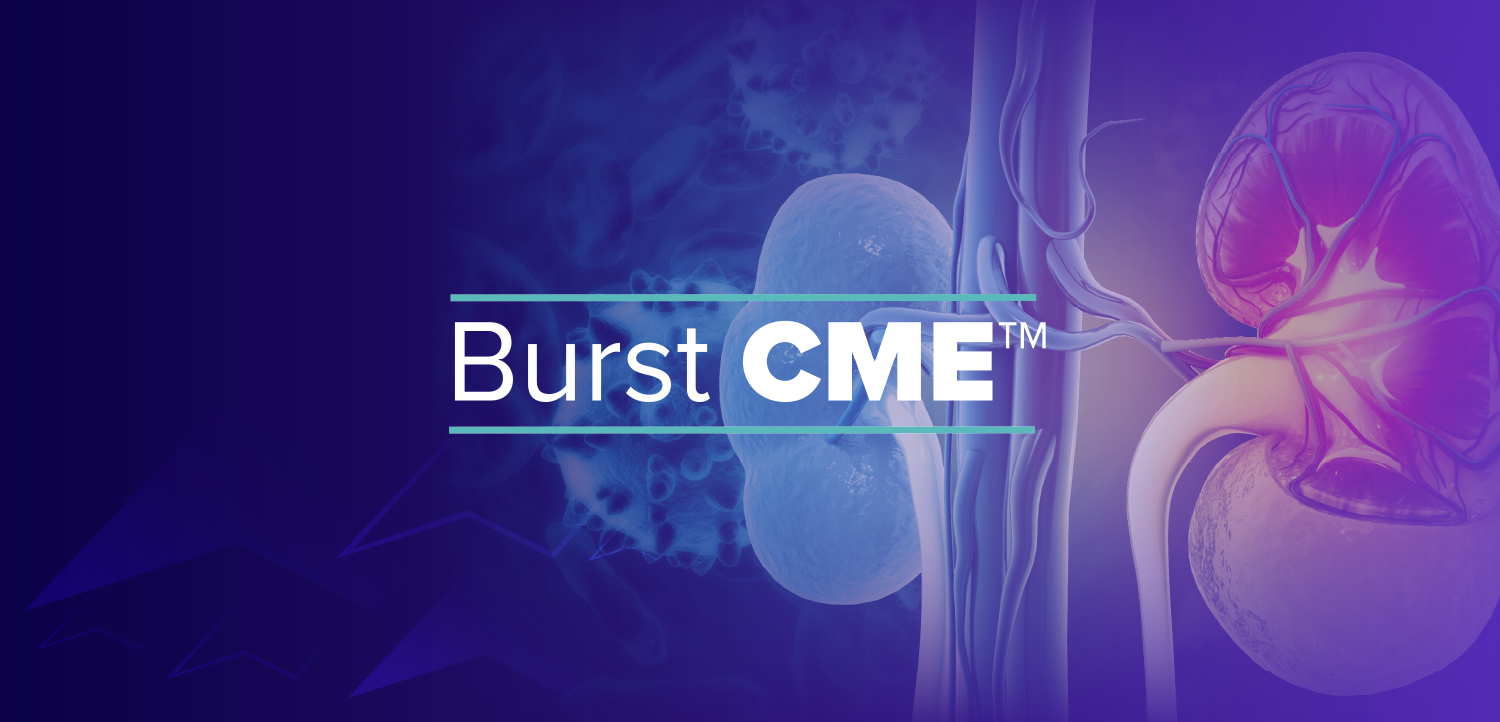
FDA grants priority review to NDA for TAR-200 in BCG-unresponsive NMIBC
Key Takeaways
- TAR-200, an intravesical gemcitabine-releasing system, targets BCG-unresponsive high-risk NMIBC with CIS, showing an 82.4% complete response rate in the SunRISe-1 trial.
- The treatment demonstrated a high insertion success rate and was well-tolerated, with most adverse events being mild and resolving within weeks.
The new drug application for TAR-200 is supported by data from cohort 2 of the phase 2b SunRISe-1 trial.
The FDA has granted priority review to a new drug application (NDA) for TAR-200 in BCG-unresponsive high-risk non–muscle invasive bladder cancer (NMIBC) with carcinoma in situ (CIS) with or without papillary tumors, Johnson & Johnson announced in a news release.1
TAR-200 is an investigational intravesical gemcitabine releasing system that is “designed to provide sustained local delivery of a cancer treatment into the bladder,” the company explained. The therapy remains in the bladder for 3 weeks per treatment cycle.
"TAR-200 represents an innovation in drug delivery that has not been seen in decades," said Yusri Elsayed, MD, MHSc, PhD, Global Therapeutic Area Head, Oncology, Johnson & Johnson Innovative Medicine, in the news release.1 "The FDA priority review for TAR-200 underscores our mission to fundamentally change the way urologists treat certain types of bladder cancer."
Data on TAR-200
The NDA for TAR-200 is supported by data from cohort 2 of the phase 2b SunRISe-1 trial (NCT04640623), which were presented at the American Urological Association (AUA) 2025 Annual Meeting in Las Vegas, Nevada.2 Cohort 2 in the trial assessed TAR-200 as a monotherapy in patients with BCG-unresponsive high-risk NMIBC with CIS with or without papillary tumors.
Overall, the complete response (CR) rate among the 85 patients enrolled in cohort 2 was 82.4% (95% CI, 72.6% to 89.8%).
Presenting author Joseph Jacob, MD, MCR, noted during the presentation, “These CRs were rapid, with a median onset of 2.8 months. Over 95% of these responses were achieved at the first disease assessment, which was month 3.”
The observed CR rate at 12 months was 45.9%. Per Kaplan-Meier assessment, the overall CR rate was 52.4% (95% CI, 40.7% to 62.8%) at 12 months and 44.7% (95% CI, 33.1% to 55.7%) at 24 months.
“The responses remain consistently high across all patient subgroups, including those with and without papillary disease,” added Jacob, who is an associate professor of urology at Upstate University Hospital in Syracuse, New York.
Additionally, data showed that 52.9% of complete responses lasted for at least 1 year. At the time of data report, 47.1% of responses remained ongoing. To date, 11 patients had been on trial for over 2 years, of whom 9 remained in response.
The estimated duration of response (DOR) was 56.2% (95% CI, 43.4% to 67.1%) at 12 months and 51.8% (95% CI, 38.7% to 63.4%) at 24 months. The median DOR was 25.8 months (95% CI, 8.3 to NE). Further, at 12 months, the cystectomy-free rate was 86.6% (95% CI, 76.6% to 92.6%).
Data also showed that quality of life was maintained while on treatment. Both global health status and physical functioning scores were high at baseline and remained stable on treatment. Neither exceeded the clinically meaningful change threshold of 10 points.
TAR-200 was also well-tolerated. The majority of treatment-emergent adverse events (TEAEs) were grade 1 or 2 and resolved after a median of 3.1 weeks. The most common AEs (≥10%) included pollakiuria, dysuria, urinary tract infection, micturition urgency, hematuria, cystitis noninfective, and urinary tract pain. No systemic AEs were reported.
Jacob also noted, “There was a 99% insertion success rate, which shows you that urologists did not have problems placing these devices.”
Overall, 83.5% of patients experienced a treatment-related adverse event (TRAE). A total of 11 patients experienced a grade 3 or higher TRAE, and 5 patients experienced at least 1 serious TRAEs. TRAEs led to treatment discontinuation in 3.5% of patients. There were no treatment-related deaths.
About SunRISe-1
Overall, the SunRISe-1 trial is assessing the safety and efficacy of TAR-200 in combination with cetrelimab (cohort 1), TAR-200 monotherapy (cohort 2), and cetrelimab monotherapy (cohort 3) in patients with BCG-unresponsive high-risk NMIBC with CIS. The trial also includes a fourth cohort assessing TAR-200 monotherapy in patients with BCG-unresponsive papillary disease-only high-risk NMIBC.
Cohort 2 in the trial enrolled adult patients with histologically confirmed CIS with or without papillary disease. Patients also needed to have an ECOG performance status of 0 to 2, persistent or recurrent disease within 12 months of the completion of BCG, and needed to be unresponsive to BCG and not receiving radical cystectomy.
The median age of patients in cohort 2 was 71 years (range, 40-88 years), and the majority of patients were male (80%) and White (72.9%). Fifty-seven (67.1%) patients had CIS only, whereas 28 (32.9%) had CIS plus papillary disease. The median total doses of prior BCG was 12 (range, 7-42), and the median time from last BCG to CIS diagnosis was 3.4 months (range, 0-22 months).
The primary end point in cohort 2 was the CR rate at any time point. Key secondary end points included duration of response, overall survival, pharmacokinetics, quality of life, safety, and tolerability.
REFERENCES
1. Johnson & Johnson receives U.S. FDA Priority Review for TAR-200 NDA in high-risk non-muscle invasive bladder cancer. News release. Johnson & Johnson. July 17, 2025. Accessed July 17, 2025. https://www.jnj.com/media-center/press-releases/johnson-johnson-receives-u-s-fda-priority-review-for-tar-200-nda-in-high-risk-non-muscle-invasive-bladder-cancer
2. Jacob JM, Guerrero-Ramos F, Necchi A, et al. TAR-200 monotherapy in patients with Bacillus Calmette-Guérin–unresponsive high-risk non–muscle-invasive bladder cancer carcinoma in situ: 1-year durability and patient-reported outcomes from SunRISe-1. J Urol. 2025;213(5S2):e2. doi:10.1097/01.JU.0001111604.90306.91.03
Newsletter
Stay current with the latest urology news and practice-changing insights — sign up now for the essential updates every urologist needs.



















